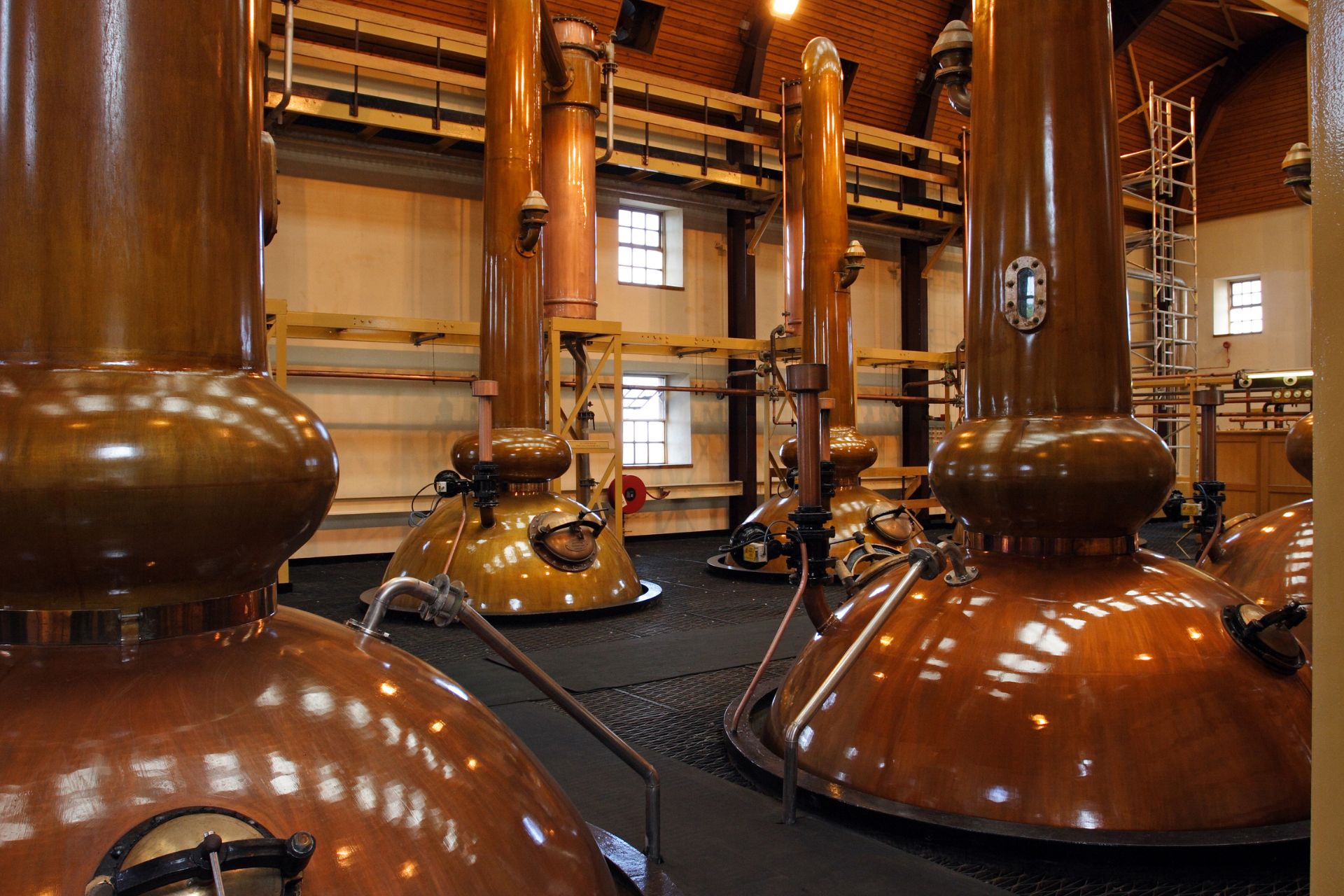The Art and Science of Bourbon Distillation

Bourbon is an American whiskey that has gained worldwide recognition for its rich flavor, depth, and character. The distinctive taste and quality of bourbon are the result of a meticulous distillation process that has been refined over centuries. In this article, we will explore the bourbon distilling process step by step, from the selection of ingredients to the aging in charred oak barrels.
Ingredient Selection
The foundation of any great bourbon begins with high-quality ingredients. The primary ingredients for bourbon are:
a. Corn: Bourbon must contain at least 51% corn in its mash bill. Corn provides the sweetness and richness that characterizes bourbon.
b. Rye, barley, and wheat: These grains make up the rest of the mash bill, contributing to the flavor profile. The combination of these grains is what sets each bourbon apart.
Milling and Mashing
Once the grains are selected, they are ground into a coarse meal and mixed with hot water to create a mash. The heat activates enzymes, converting the starches into fermentable sugars. The mash is then cooled and transferred to a fermentation vessel.
Fermentation
Yeast is added to the mash to initiate fermentation. The yeast consumes the sugars, producing alcohol and carbon dioxide. This process typically takes several days, during which the alcohol content gradually increases.
Distillation
After fermentation, the liquid is ready for distillation. Bourbon is distilled using a pot still or a column still, with the latter being more common due to its efficiency. The liquid is heated, and the alcohol evaporates at a lower temperature than water, allowing for separation.
Distillation occurs in two steps:
a. First distillation: The fermented mash is heated in a still, and the alcohol vapor is collected. This liquid, known as “low wine,” is then distilled a second time to further concentrate the alcohol.
b. Second distillation: During the second distillation, the low wine is heated again, and the “heart cut” is collected, which is the portion of the distillate that meets the desired alcohol content. The “heads” and “tails,” which contain undesirable compounds, are discarded.
Barreling and Aging
One of the most critical steps in bourbon production is aging. Bourbon must be aged in new, charred oak barrels. The aging process allows the whiskey to develop its complex flavors, color, and aroma. The interaction with the wood imparts vanilla, caramel, and spice notes. Bourbon aging typically takes several years, and the spirit is regularly sampled to monitor its progress.
Bottling
Once the bourbon has reached the desired level of maturity, it is removed from the barrels and filtered. The bourbon may be cut with water to achieve the desired proof, typically between 80 and 125 proof (40-62.5% alcohol by volume). After proofing, the bourbon is usually filtered to remove any remaining impurities and then bottled.
The bourbon distilling process is a harmonious blend of tradition and science. From the careful selection of ingredients to the precise distillation and the transformative aging process in oak barrels, every step contributes to the unique character and flavor profile of bourbon. Whether you enjoy it neat, on the rocks, or in a classic cocktail, bourbon is a testament to the art and craftsmanship of American whiskey-making.